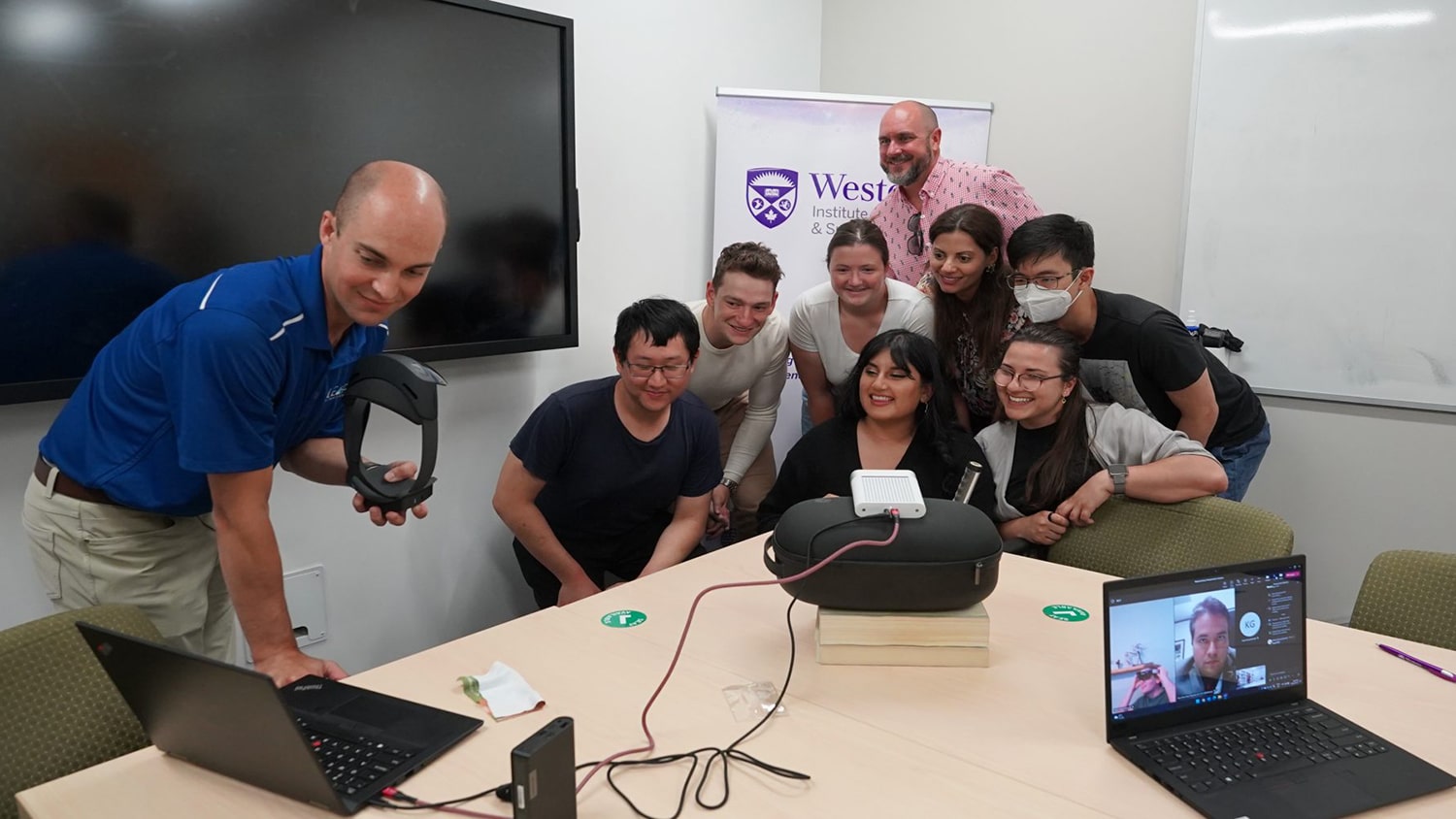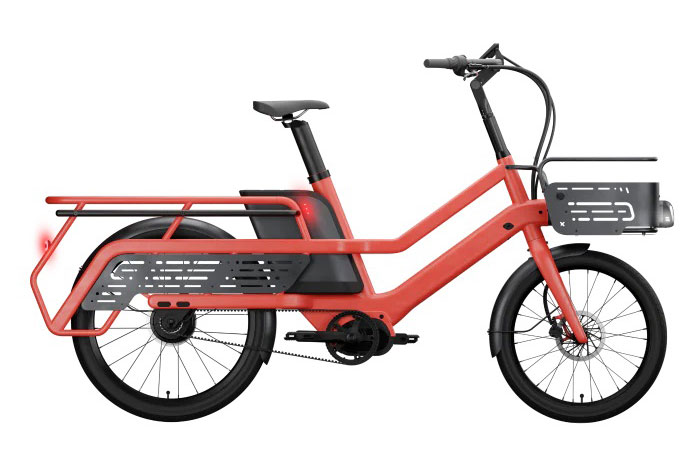
A group of students from the Western Institute for Space Exploration (Western Space) has achieved what is believed to be the world’s first demonstration of international, two-way holographic teleportation.
This holographic teleportation demonstration, a futuristic technological achievement, took place in a nondescript boardroom on campus at Western recently. Using a special camera and a HoloLens, Western says the students were able to teleport via hologram instantaneously to Alabama on July 27.
In April, NASA successfully holoported a doctor onto the International Space Station (ISS), becoming the first holonaut, but the last Western Space demonstration was the first time anyone had crossed international borders through holographic teleportation.
“We transported one person from Alabama to London, Ontario, and then each of the students here on the project was able to instantly holoport themselves in the holographic form down to Huntsville, Alabama,” said Western’s Dr. Adam Sirek, who led the project. Sirek is also co-founder of Halifax-based Leap Biosystems, which partnered with Aexa Aerospace and Microsoft to explore medical applications for the technology.
The technology for holographic teleportation comes from hardware developed by Microsoft and software from Aexa Aerospace. According to a release from Western, the technology involved a special camera that creates a holographic image of a subject, which is then sent to the HoloLens of a participant at the destination of choice. Through the HoloLens the individual can see the subject within their environment. If both are wearing HoloLens, they can interact in their environments as if they are actually there.
Although there is still work to be done to make conducting a virtual medical exam over the HoloLens a reality, Western says its team of faculty plan to explore how the technology may be used in the real world and in medical settings. They say the implications of the technology could be huge for access to health care in remote locations.
The technology currently costs around $5,000, which, when compared to the cost of medivacs or even traveling for exams, could have the potential of huge cost savings for the healthcare system. The team will also look at the possibility of integrating biosensors to the HoloLens, such as heart rate and oxygen saturation monitoring, along with haptics to provide touch feedback.
One of the most obtainable possibilities of this technology for the general public is its potential to connect people. Virtual meetings are the norm now, but with HoloLens and holographic teleportation, the physical, three-dimensional experience could become mainstream.
World’s first two-way international holographic teleportation achieved
Source: Tambay News






0 Comments